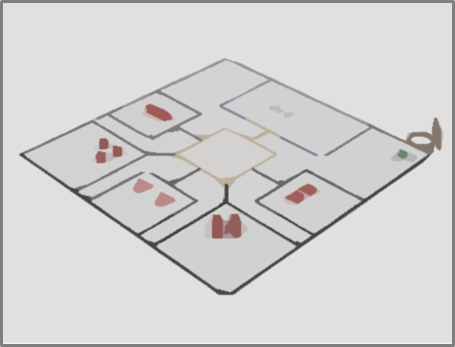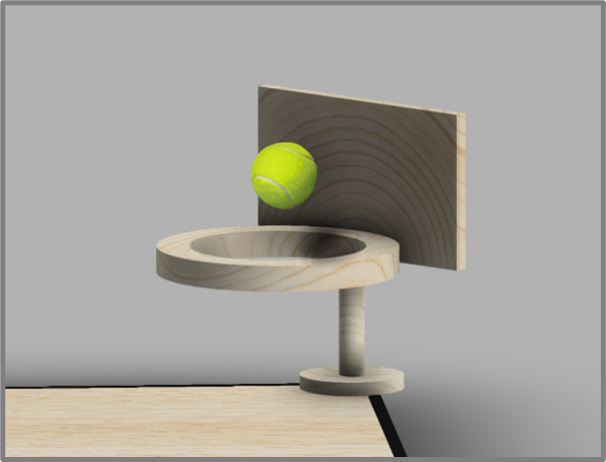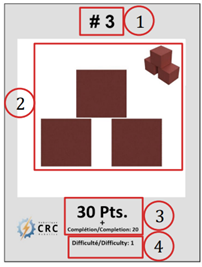CRC
If you are unaware, the CRC refers to the Canadian Robotics Competition, a yearly competition in which different high schools as well as colleges participate; it lasts for a total of 3 days during the month of February. However, this year, due to the pandemic, it was reported to April. This would give students more time to prepare since there are many difficulties that are faced when working over a computer screen. The students are asked to prepare a robot to play a complex game, a kiosk to showcase their school, a video presenting a storyline, a complete website with its journalism, and even programming. These components of the competition put into practice both their creativity and their knowledge of robotics and science. Starting in 2001, the CRC team has been promoting teamwork, bilingualism, and the learning of multidisciplinary skills in science, mathematics, computers, Most importantly, CRC volunteers reach as many people as possible—mostly students—and spark some interest towards the science, technology, engineering, and mathematics fields.
During the year 2020, we have all faced certain difficulties, and we are still facing some of them today. The CRC team, under theses conditions, have decided to alleviate the situation by proceeding with the competition. This way, the hard-working students will be able to participate once more. However, for the safety of all, the CRC have decided to make certain changes. The different robotics teams are now asked to make a kiosk video in the form of a Ted Talk and an independent robot which will not need a person to control, making the competition virtual. The other components—namely the website, the journalism, and the video—remain the same.
This Year's Game: Invicta 2021
The Goal
This year, for Invicta 2021, each robot must construct a structure with different types of blocks (cubes, various prisms, etc.). By increasing the difficulty of this said structure, teams will acquire more points, and the school with the most points will win.
The Rules:
Teams:Contrarily to previous years, different schools will not be teaming up. The robots will play individually.
The Playing Field:The playing field is a single-level rectangle with different sections. The starting zone is placed at the center of the field; there is only one.There are five zones for game pieces (GPs), each for a specific kind. A small wooden "basketball hoop" sits in the right corner of the field. At the top of the playing field, there is a rectangular construction zone.

The Game Pieces:The playing pieces are blocks with various shapes and sizes:
- Cubes
- Square-based prisms (short and long ones)
- Triangular-based prisms
- Trapezoidal-based prisms
The Ring:The Ring acts as a multiplier for the total number of points. To obtain the multiplier, the robot must successfully put the tennis ball in the Ring. When the ball falls in the Ring, the heat will immediately come to a stop.

Putting the Game Pieces into Play:Before the beginning of each heat, the playing pieces must be placed in the respective zones by a team member. They can be positioned in any way that the team wishes as long as it is completely in the zone and touching the ground. Any kind of adhesive tape is allowed for the blocks to be outlined. Only the blocks and the amount needed to build the chosen structure are allowed on the field; the others must be removed. At the beginning of the heat, the team may choose where the tennis ball will be placed. In or on the robot, or anywhere else on the field will be allowed, as long as it does not touch the Ring. The playing pieces that fall out of the playing field will not be allowed back in the game; it will be considered out of play.
The Construction Plan:A Construction Plan card has:
- A Plan Number
- A front view as well as an isometric view of the structure
- The number of points given to the execution of the structure
- The level of difficulty attributed to the structure

Scoring Points:Points will be given to a team if their robot correctly builds a structure according to the Construction Plan card, in the construction zone. Each block that is correctly placed will be attributed a certain number of points depending on its type:
| Shape | Points |
|---|---|
| Cube | 10 |
| Trapezoidal-based prism | 25 |
| Short square-based prism | 30 |
| Triangular-based prism | 35 |
| Long square-based prism | 40 |
Arbitration and Penalties:The referees always have the final word when it comes to the assessment of penalties. However, every team can challenge its final score with video evidence during the first 10 minutes after a heat. Any robot that is found dangerous runs the risk of being disqualified. In the case of any unsportsmanlike conduct, a team will be given a penalty by the head referee. Points will be deducted from the team’s total score depending on the severity of the act. These include inappropriate behaviour towards another person, or even a deliberate attempt to disrespecting social distancing guidelines. If liquid seeps from the robot, a score of 0 pts will be given for the heat. If a robot part falls off the robot, intentionally or not, and it is no longer in contact with the robot by the end of the heat, the Team will be deducted 4% of their total score (for each junk piece that has fallen). If a team receives assistance for their robot by a referee, they will have 20% of their score deducted for the heat.
Heat ProgressEach robot starts the heat in the staring zone. At the beginning of each heat, a team member must press the button on the robot to launch the program. Each team is allowed to pre-load one wooden block on their robot. All heats last 5 minutes and ends once the buzzer goes off. At this time, the kill switch must be activated by a team member. The playing pieces will only be considered once they stop moving. The heat will end before the 5-minute mark if a referee stops the robot or if the tennis ball falls in the Ring. Team members are not permitted to interfere with any elements of the playing field and the game’s blocks.